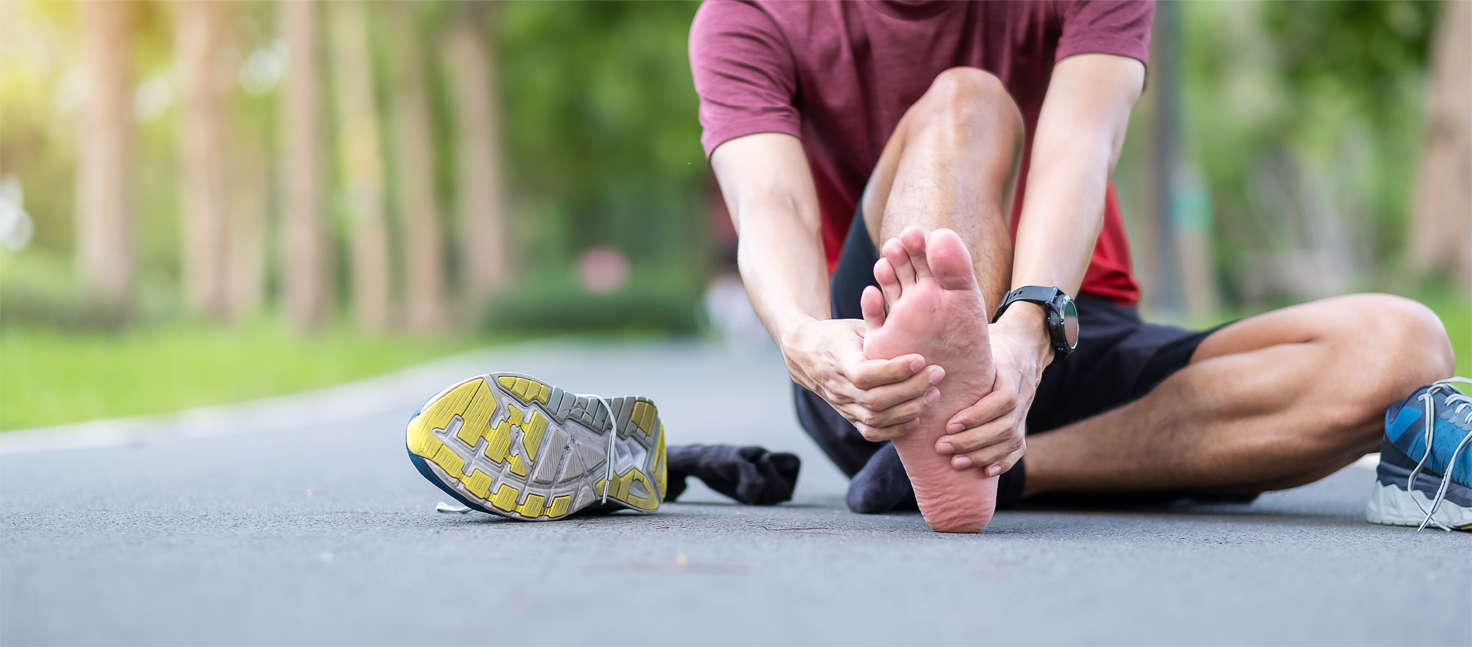We’ve all heard it a billion times from our non-runner friends and family… You know, running is really bad for your (insert any bone, joint, tendon, muscle here). It’s just not true. Well, you know, not necessarily true anyway.
Before we go any further, I am not a doctor. I am, however, a fully-addicted/experienced runner, and running coach. My opinions and recommendations should not replace any guidance from your doctor.
That said, running is a fantastic sport! And, following some basic guidelines, can help you stay on those feet without injury.
Running Good. Injury Bad.
Already a runner? Then you already know how rewarding running can be. The feeling of accomplishment, the sense of freedom, the rush of endorphins, good times with your running family; these are all great reasons to lace up and hit the road. If you’re a new runner, then this article will be especially helpful to you. Knowing some of the things I discuss below will help you start off right and enjoy running as a part of your life.
There are several common running injuries that can sideline even the most experienced runners. These injuries range from minor aches and pains to more serious conditions that can lead to long-term problems. That’s why it’s important to take steps to prevent running injuries before they occur.
Common Running Injuries
Before we discuss how to prevent running injuries, let’s take a look at some of the most common running injuries.
Runner’s Knee: This is a condition caused by the irritation or inflammation of the kneecap, or patella. It’s usually caused by overuse or incorrect form while running. Symptoms of Runner’s Knee include pain behind or around the kneecap, swelling, and a grinding sensation when the knee moves.
Shin Splint: You will notice pain along the front or inside of the lower leg. Common causes of shin splints are abrupt changes to workouts, like increasing running distances or frequency to quickly.
Achilles tendinitis: It’s an inflammation of the Achilles tendon, which is located at the back of your ankle. It’s typically caused by overuse or incorrect form while running, and can be very painful. Symptoms include pain, swelling, and stiffness in the Achilles tendon.
Plantar fasciitis: It’s an inflammation of the plantar fascia, which is a band of tissue that runs along the bottom of the foot. It’s usually caused by overuse, poor form, or tight calf muscles. Symptoms include pain in the heel and arch of the foot, and stiffness.
These are just a few common running injuries, and there are many more. It’s important to be aware of these injuries so that you know what to look for if you do start to experience pain or discomfort while running. You can find more information on common running injuries here.
What Can You Do to Prevent Running Injuries?
Now that we’ve discussed some common injuries, let’s take a look at what you can do to prevent them.
Warm Up and Cool Down
One of the best ways to prevent running injuries is to warm up and cool down before and after your runs. Warming up and cooling down slowly prepares your body for more intense activity, and helps to reduce the risk of injury.
Before your run, take a few minutes to slowly stretch your muscles and get your heart rate up. This will help to prepare your body for the activity and reduce the risk of injury. After your run, take a few minutes to cool down by slowly walking or jogging, and then stretching your muscles. This will help your body to gradually wind down and reduce the risk of injury.
Wear the Right Shoes
Another important way to prevent running injuries is to wear the right shoes. It’s important to find a pair of running shoes that is comfortable and supportive. Make sure that the shoes fit your feet properly, and that they are designed for the type of running you’re doing. If you’re a runner who tends to overpronate, you may want to look for a pair of shoes that offer extra support. New runners will benefit greatly by getting fitted by an expert at a running store. There are several stores that specialize in running and have the knowledge to help, and the right shoes are more important than people think.
Here is where I plug my friends at Athletic Annex – Go get fitted for running shoes at Athletic Annex if you are here in Indiana.
Improve Strength and Flexibility
It’s also important to increase your strength and flexibility to prevent running injuries. Incorporating strength and flexibility exercises into your routine can help to improve your running form, reduce the risk of injury, and help you to run more efficiently. Try to incorporate exercises such as squats, lunges, and planks into your routine. You can also do dynamic stretches such as leg swings and walking lunges to help increase flexibility.
Cross Train
Cross training is another great way to prevent running injuries. Cross training involves participating in other forms of exercise in addition to running. This can help to strengthen your muscles, improve your aerobic fitness, and reduce the risk of injury. Try to incorporate activities such as swimming, cycling, or yoga into your routine.
Vary Your Routes
It can also be helpful to vary your routes when you’re running. Trying different routes can help to prevent boredom and keep your body guessing. It can also help to reduce the risk of injury by giving your muscles a break from the same terrain.
Don’t Push Yourself Too Hard
Finally, it’s important to not push yourself too hard. It’s important to listen to your body and know your limits. If you’re feeling pain or discomfort, take a break or slow down. If you’re feeling overly fatigued, take a break or shorten your run. Pushing yourself too hard can increase the risk of injury.
In addition to these tips, it’s also helpful to work with a running coach (Yes, I mean me :). A running coach can help you to develop a personalized training program that is tailored to your fitness level and running goals. They can also help you identify any potential weak spots and provide advice on how to prevent and treat injuries.
Ready to talk to a coach and see if it’s right for you? Let’s talk!
Remember, running should be fun!

